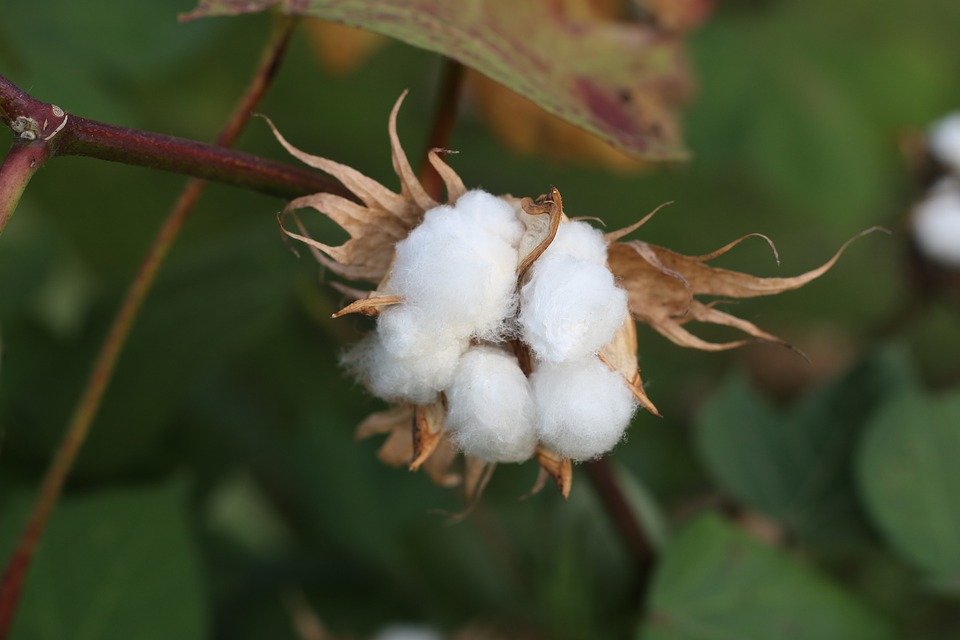THE COTTON CHRONICLE

Cotton is the most prevalent fiber in the world. Renowned for its breathability, strength and versatility, cotton has helped shape the history of the world by clothing and protecting countless civilizations and adventurers from the effects of nature. Derived in name from the Arabic “qutn”, cotton grows in a round boll around the seeds of the cotton plant, a thorned shrub belonging to the Malvaceae family of the genus Gossypium. Cotton is believed to have been first cultivated and spun by the Indus Valley Civilization around 4,000 B.C. Well before the emergence of Christianity, the manufacture of cotton was widespread throughout India and the Mediterranean. Arab traders introduced fine cotton fabrics to Italy and Spain the in 1st century, and the Moors brought cotton production to Spain in the 9th century. Cotton reached the shores of England in the 1600s, as the East India Company began importing delicate textiles from India.
India fell from prominence in cotton production by the 18th Century as the Industrial Revolution in Europe greatly increased cotton processing and the East India Company increasingly relied on India merely as a source of the raw material. Automated processes for separating the cotton boll from its barbed enclosure were greatly improved with the development of the cotton gin by Eli Whitney in 1793. Cotton fabric began to be produced almost exclusively in Northern Europe, to be later exported to the colonies from which the cotton fibers originated. During the US Civil War, cotton farming provided the money needed to sustain the Southern Confederacy, and after he war, previously blockaded American exports bounced back immediately due to their lower cost and excellent quality.
Today, cotton production is a billion-dollar industry. The incorporation of cotton is used in everything from personal hygiene products to hospital blankets. While the United States had historically been the world's leading producer of cotton, today that title is held by China, which produces over 7.6 million tons of cotton annually. Cotton requires a sunny environment with moderate rainfall and little frost, resulting in large amounts of cotton grown in India, China, Egypt and the Southeastern United States. Why is cotton so incredibly popular? Its fibers are highly porous, making cotton clothing light and breathable, but able to be woven into any desired density. This quality also enables cotton fabric to be dyed easily, making it a natural choice for designers. Cotton fabric is available in a plentitude of varieties, such as supremely soft and luxurious Sea Island and Pima cotton, rugged and durable corduroy, industrial strength canvas, light and chic voile and organdy, and lustrous sateen and velvet. Cotton fabric is especially soft and pleasing to the touch; and, since it is derived naturally, those with sensitive skin are able to wear the fiber without any adverse reactions. Cotton is also a fabric that responds well to sewing: it has a slight give, but is not difficult to handle, like spandex or lycra. Its drape conforms well to the curves of the body, which makes it a brilliant choice for women's garments. Cotton fabric is also a hugely popular choice for undergarments: it naturally wicks away moisture while retaining breathability. Cotton does not require the maintenance of silk or other fabrics: it does not need to be dry-cleaned and will not be ruined in a rainstorm. However, because the cotton fibers are so porous, shrinkage of the material is a possibility.”
For more details visit our Website www.atozhomefurnishings.com


Comments
Post a Comment